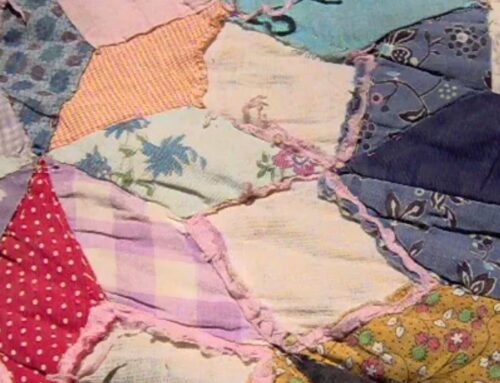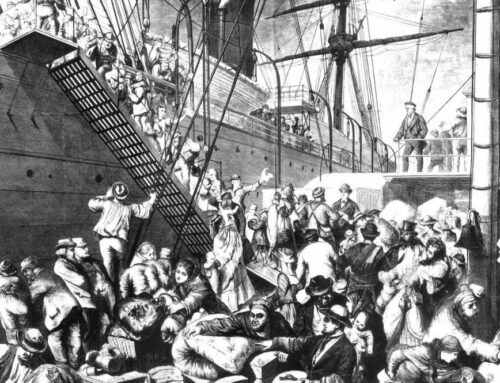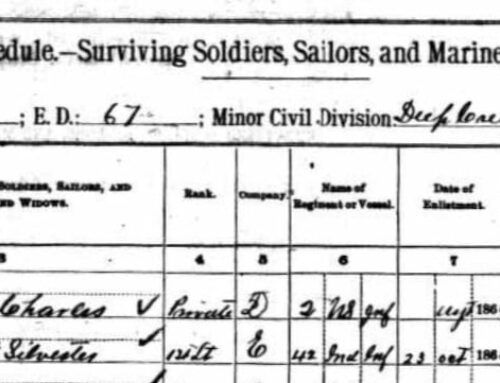Direct Me NYC 1940 marries the 1940 census with the digitized phone books of all five boroughs of New York City. The user unites the two sets of data with the help of Steve Morse’s One-Step site. If you’re still struggling to find elusive NYC family members, this site can help. There’s an article up at the New York Times about the resource at the New York Public Library.
The project permits the user to cross-reference New York City residents’ names and addresses with the 1940 census data made public last year, which includes the person’s age, income, education, occupation, and residences in 1935 and 1940.
The site also provides context for your finds with a streaming banner of 1940 news from the NY Times archives..
New to the 1940 census? Cracking the Brand-New 1940 Census
All pack rats should be as creative as the New York Public Library, the obsessive collector of the most complete sets of bulky, outdated telephone directories in the world. Skeptics in the cellphone era might wonder why. But the library’s Milstein Division, a rich trove of national and local history archives and free genealogy resources, digitalized old New York phone directories to create a free Web site. It cross-references residents’ names and addresses with the long-awaited 1940 census data made public last year, which includes the person’s age, income, education, job and migration record.
The result is serendipitous and eye-opening for scholars and family genealogists searching out their roots. By law, the government had to wait 72 years before releasing 1940 census details, and the report, which lacked an index by names, was in instant demand. For the era between the Depression and World War II, “it’s a snapshot in time of households,” says Maira Liriano, the Milstein Division manager. The library’s techies, besides building the index, created a feature — Share Your Story — that lets searchers tack personal notes onto retrieved scraps of the past. (“This is the house where my mother, one of 10 children, grew up.” “Where Diane Arbus grew up!”)
“The result,” according to the New York Times, “is serendipitous and eye-opening for scholars and family genealogists searching out their roots.” I agree: the user interface, instructions, and contextual results are beautifully done.
Now if some other big cities (I’m looking at you, Chicago) would follow suit.



